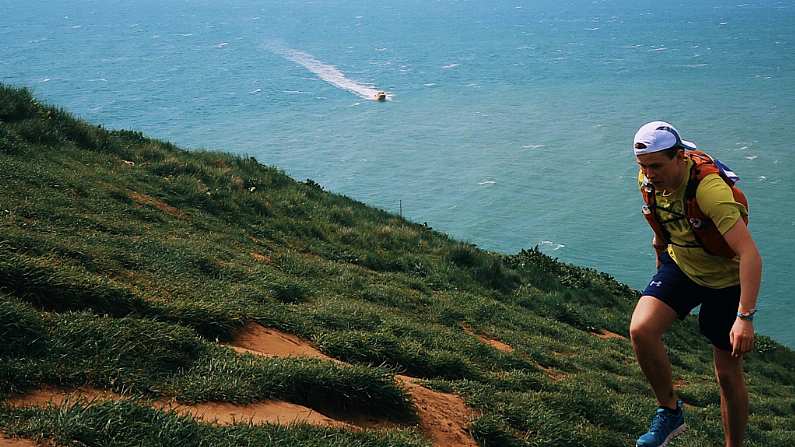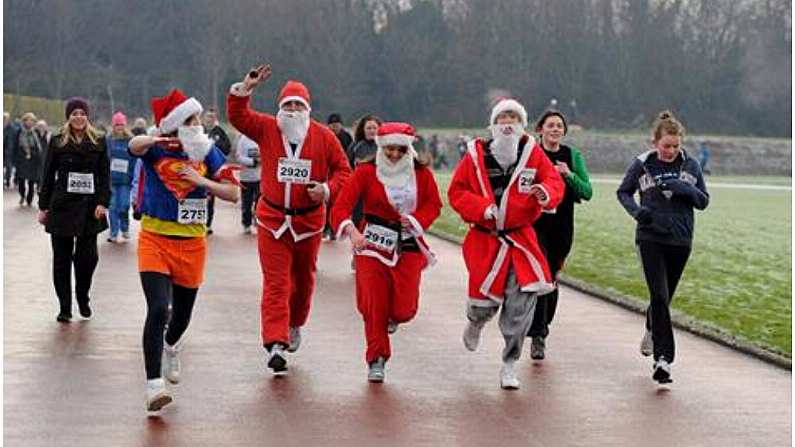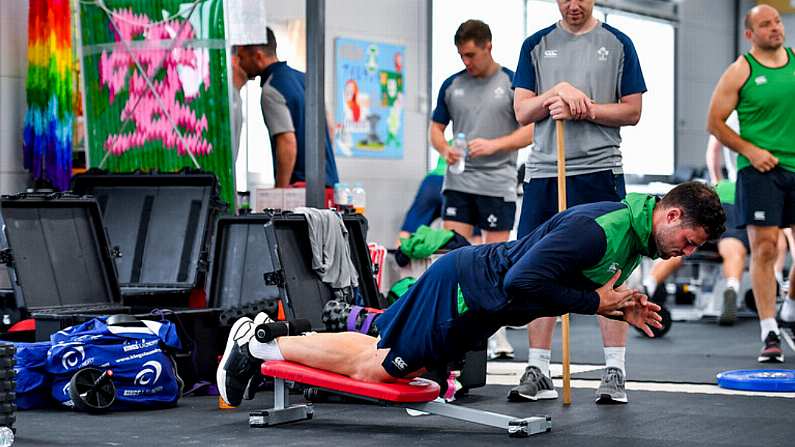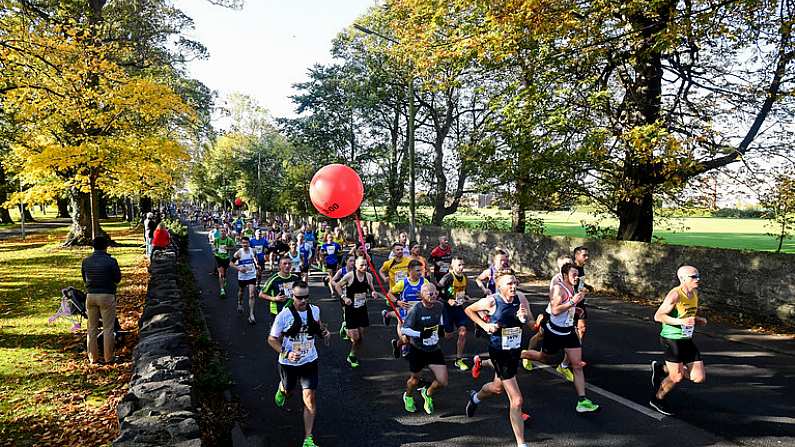Despite a surge in popularity in recent years, the ultramarathon remains an older person's race. According to some websites, the most popular age to do a first ultramarathon in 36. The second most popular age to a first ultra run is 40. Due to a range of factors, the idea of pushing one's body to the absolute limit in an ultramarathon doesn't appeal to most young people.
So we were interested to see the results of last week's absolutely brutal ONER ultra trail run, an 80 mile race in Dorset where 18-year-old James Gibbons was the youngest finisher. Here's how the ONER website describes the race:
A triple marathon over the world famous Jurassic coastline with over ten thousand foot of ascent and a strict 24 hour time limit. This is a seriously tough event with only 50% of runners normally making it to the finish line.
Gibbons was the 43rd finisher of the race, completing it in 22:56:34, just under the 24-hour deadline, which is an outstanding feat for anyone, but especially a teenager. We interviewed the West Sussex native about running his experience running his first ultramarathon and by all accounts, it was a fulfilling if absolutely harrowing race where he pushed his body to the absolute limit.
How did you get into ultramarathon running?
I often found that on group training runs I would just want to continue running just to see how far I could go on a given day. Also, I would end up going for runs and bike rides in the morning on the South Downs and often wouldn’t end up back home until the sun had set. I have ran a few road marathons in the last few years but have never enjoyed the whole atmosphere of running in an urban environment. That is when I decided to test myself and try running an ultramarathon in one of the most scenic coastlines in England.
Am I right to say it's rare to have runners as young as you in ultra races?
It is definitely not the ‘norm’ for runners my age to run ultramarathons. I was the youngest competitor in the race by quite a margin. I think the main reasons why younger runners are dissuaded from running longer distances is that they tend to stick to the more conventional cross country and track distances at a school and university level and don’t move onto longer distances until later in their life.
Was this your first ultra race?
Yes, this was my first ultra race. I wanted it to be a challenging one to encourage me to train hard for it. With only 50% usually finishing, The Oner seemed like the perfect choice.
How did you prepare for the ONER - how long were you training for?
I was running quite a lot of miles before I committed to running the ultra with my university running team. However, I only committed to ultra specific training about 4 months prior to the race. This involved slowing my pace down and just spending a lot more time on my feet and a lot more climbing due to the nature of the course I was training for. I would often just go out onto the trails and run upwards of 30 miles at a slow pace. Another element I tried to perfect before the race was nutrition. This factor is often overlooked, but can make or break your race very early on. I made sure to practice consuming a couple of hundred calories per hour in my long runs to make sure that my stomach could handle it for the race.
What was the actual race like? It sounds like absolute torture! Any regrets from the experience?
The race itself was a very memorable experience. I experienced some of the highest highs and lowest lows. I really did underestimate the amount of hills that 10,000ft of climbing and 10,000ft of descent actually represented. The first 35 odd miles went by relatively stress free. As you looked back as the sunset you could see the coastline that we traversed across for the last few hours. As the sunset the temperature rapidly dropped and the headwind really started to strengthen. I ran the first few hours of the night accompanied by another runner attempting to finally complete this race after attempting to do so for the past four years (he was finally succeeded this year). At about 2am, I was feeling a lot of discomfort in both my feet. I decided to take a 10 minute break to dress the blisters on my feet, I wished the other runner the best of luck as he continued on. I looked at the bloody mess of my feet and a toe nail hanging off and immediately regretted taking my socks off. With over 30 miles still to run this was quite a demoralising sight. I wrapped everything up and continued on through the night on my own, doing my best to ignore the pain in my feet. The next two hours were pretty lonely. At about 4am I met up with a few more runners at the checkpoint. This picked my spirit up and we continued on as a group, in single file at this point as the headwind was so strong. We met another runner just before sunrise, running in the opposite direction, he was completely lost as he could no longer read his map from blurred vision from the winds and dust in his eyes. He followed us into the next checkpoint before retiring. Apparently, a lot of people suffered the same fate due to the wind.
What was the hardest part of the race?
The most difficult part was about 20 hours in when my stomach could no longer digest food. I tried to consume all manners of food at this point just to get some energy into my body. This was to no avail. I was stumbling and could no longer walk in a straight line, I must have looked like a walking zombie to the concerned hikers I passed on the trail that morning. It took me almost 3 hours to complete the final 10 miles of the race.
How long does it take to recover from a race like that?
The first few days after, I was really struggling with stairs. However, almost a week later the fatigue in my legs is pretty much gone. Although it may take slightly longer for my bruised feet to recover.
Do you have any advice for anyone considering taking on an ultramarathon?
Sign up! They are more achievable than most would think. The training is similar to the training for a marathon, just with your long runs being slightly longer. Races can vary in length drastically ranging from 30 miles to hundreds of miles such as the 240 mile Moab 240. Start small and work your way up













